My experience has taught me that landscape photography is great for everyone who’s just starting out with photography because landscapes give you the chance to improve your photography skills without annoying a model or someone else. This is how I started with photography after all.
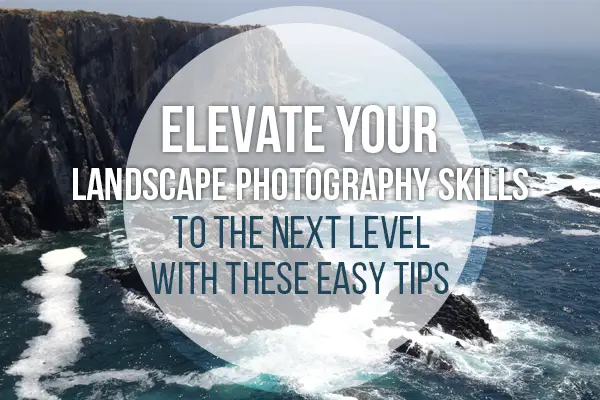
Ladscapes are also great for learning the basics of photography, since you have all the time you need. A mountain certainly won’t tell you to hurry up.
TIP #1 SLOW DOWN!
I know it’s tempting to grab your camera, put it in burst mode and go out to shoot as many frames as possible because well, one of them is going to be good, right? Man, did I make this mistake often in the past. Try to resist the need to get as many shots as possible and think about getting THE BEST IMAGE possible. Take your time, compose the shot properly, get the exposure right and only if you’ve done all of these steps you can press the shutter button.
TIP #2 LANDSCAPE DOESN’T (NECESSARILY) MEAN WIDE ANGLE
In landscape photography wide angle lenses are often used to show beautiful sceneries in their entirety and while using those kinds of lenses is certainly awesome, maybe it’s worth a shot for you to try it with a telephoto lens? Telephoto and wide angle lenses both have their specific advantages and challenges but because most people tend to use wider lenses more often when doing landscape work, using a telephoto lens might create a look that lets your photos stand out over the thousands of images that are posted everyday.
TIP #3 BE WILLING TO SACRIFICE
Do you think that all these amazing pictures of the milky way or the stars in the sky over a landscape were captured at 12 am and that the photographer had a good night of sleep the day before? Certainly not. If you want to succeed in life, you’ll often have to sacrifice something. Sleep, time, money,… That same principle applies to photography: If you aren’t excited enough about photography to get up at 3am in the morning then you should probably be searching for another job.
TIP #4 DON’T RUIN YOUR IMAGE IN POST PROCESSING
I bet you’ve seen one of those oversaturated, HDRish images that look awful. When post processing your images, remember that retouching and editing is all about doing many small tweaks that all contribute to a huge change of the image. Don’t try to make this huge change by pulling the highlights slider all the way down and the shadows all the way up. It won’t look good, trust me.
TIP #5 SHOOT IN RAW RATHER THAN IN .JPG
Seems obvious, doesn’t it? Shooting in RAW can often give you the chance to correct mistakes you made when shooting and exposing your image in the first place. You should not use it as an excuse to shoot carelessly though, but rather have it in the back of your head as a backup plan if something goes wrong. Shooting in RAW also allows for a greater color depth and is therefore what you should choose whenever you happen to take images of landscapes. In post you’ll even be able to extend your camera’s dynamic range by a couple of stops if you have the uncompressed, RAW image.
TIP #6 USE A QUALITY; STEADY TRIPOD
It’s a common misconception that you only have to use a tripod if you’re working with long exposures. It is a proven fact that shooting with a tripod increases the overall image’s sharpness even at higher shutter speeds. You don’t want to use any 20$ plastic tripod from Bestbuy though. Are you serious about landscape photography? Do you want to make a living from it? Get yourself a quality tripod. If you are very serious about landscapes you might even consider a carbon fiber tripod. Don’t tell you wife though, she’ll probably kill you after she found out how expensive it is.
TIP #7 BE UNIQUE!
If you really want to make an impact in the world of photography, you’ll have to figure out how to make your images more unique. Try it on your next vacation: There are always those specific tourist spots where everyone takes the same, generic pictures. How about trying to capture that tourist attraction differently? Capture it in a unique angle, maybe play a little bit with creative compositions or exposure and try to come home with a picture that’s different from everyone else’s.
TIP #8 PRACTISE AND PLANNING PREPRODUCTION
As a landscape photographer patience and planning are two of your most valueable skills. If you are planning to take pictures of a certain spot, do your homework! When is the sun going to rise? When is sunset going to be? What kind of light do I need for the “perfect shot”“? As a photographer, a lot of the work begins before you even pick up your camera. Planning and preproduction can make all the difference in your images. Imagine what you want your resulting image to look like and then plan to make it happen! Preproduction can often be forgotten, especially by photographers who are just starting out. But you shouldn’t forget it because it can make all the difference!
CONCLUSION
Get out there and start shooting landscapes or whatever else you want! The fastest way to improve your images is to take every opportunity to take as many photos as you can and if you captured an amazing shot, why not send it to us? Or tag me on Instagram at @paulfaecks
All images belong to Paul Faecks (unless stated differently), do not copy, modify or repost without the permission of Paul Faecks and photodoto.

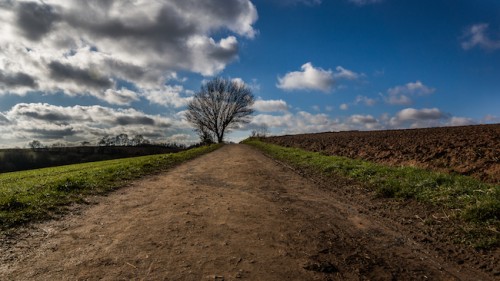
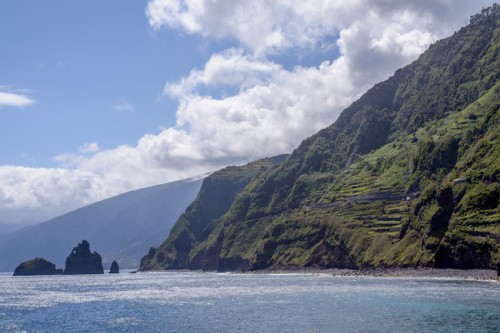
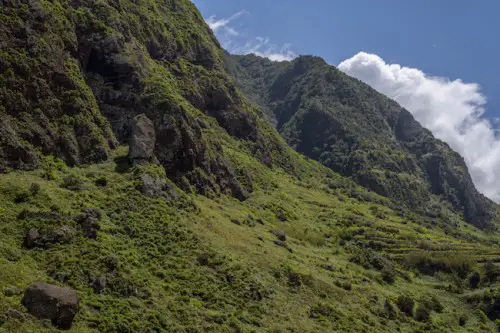
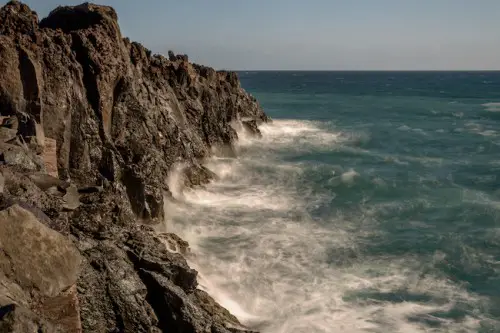








0 comments